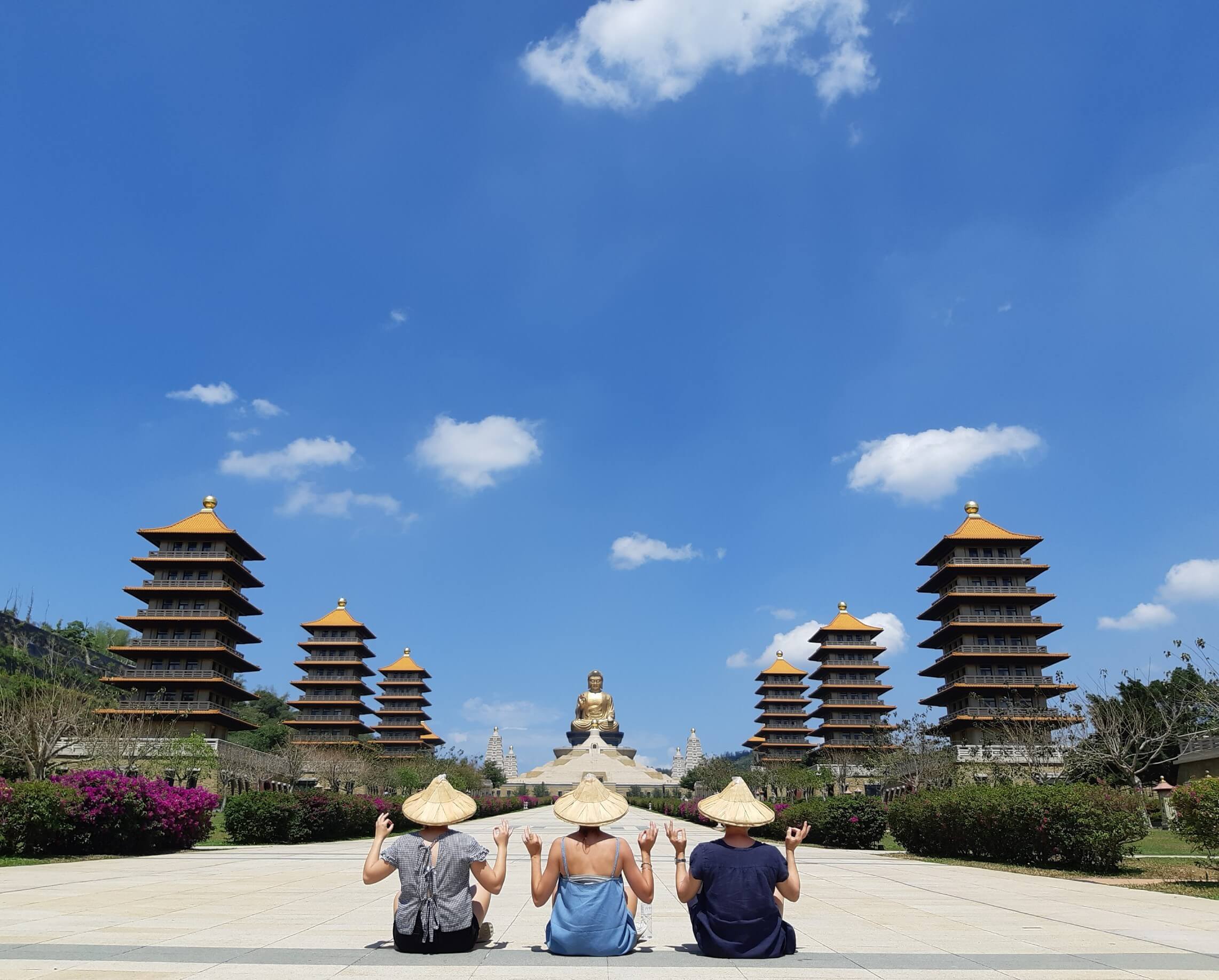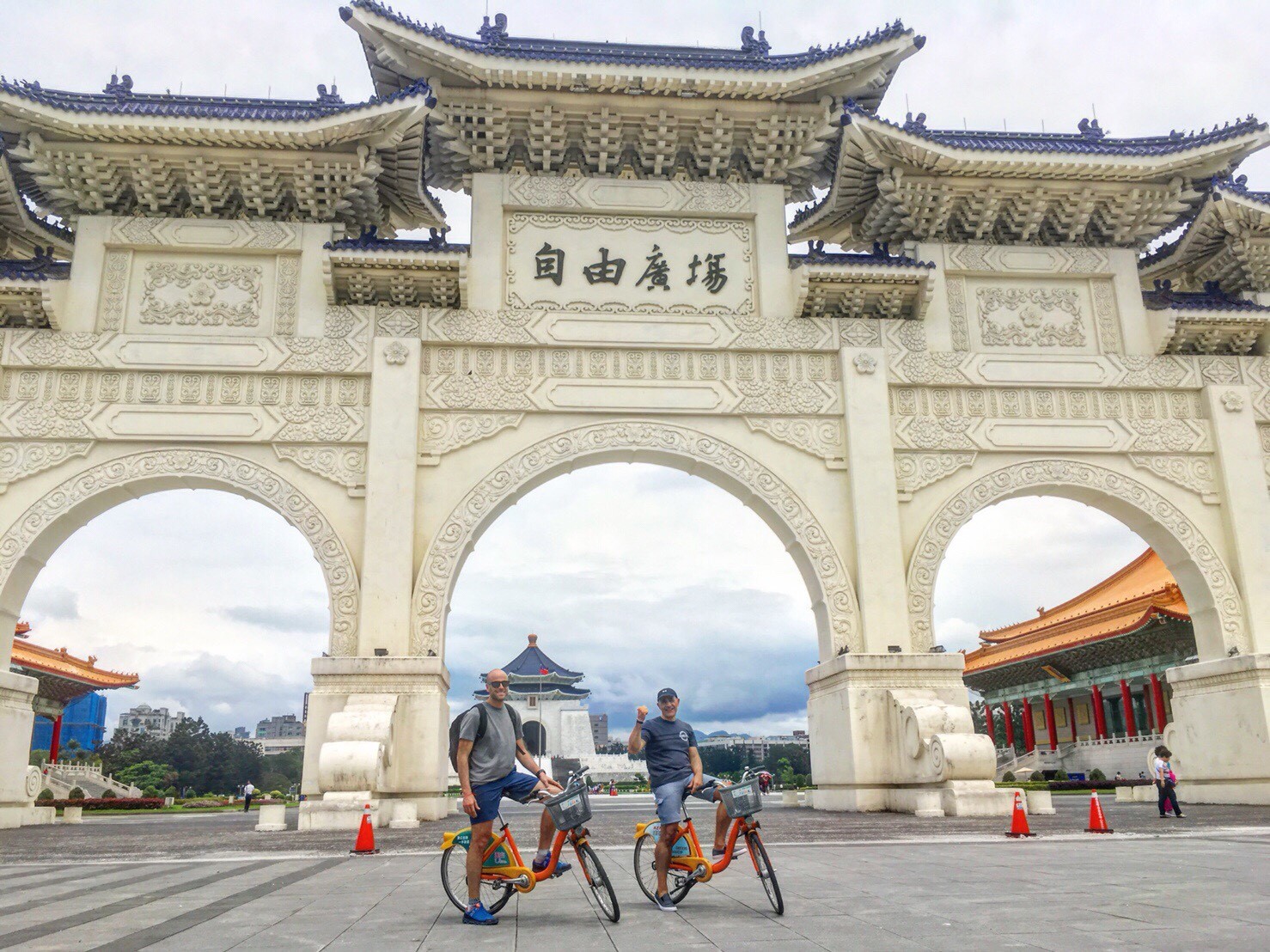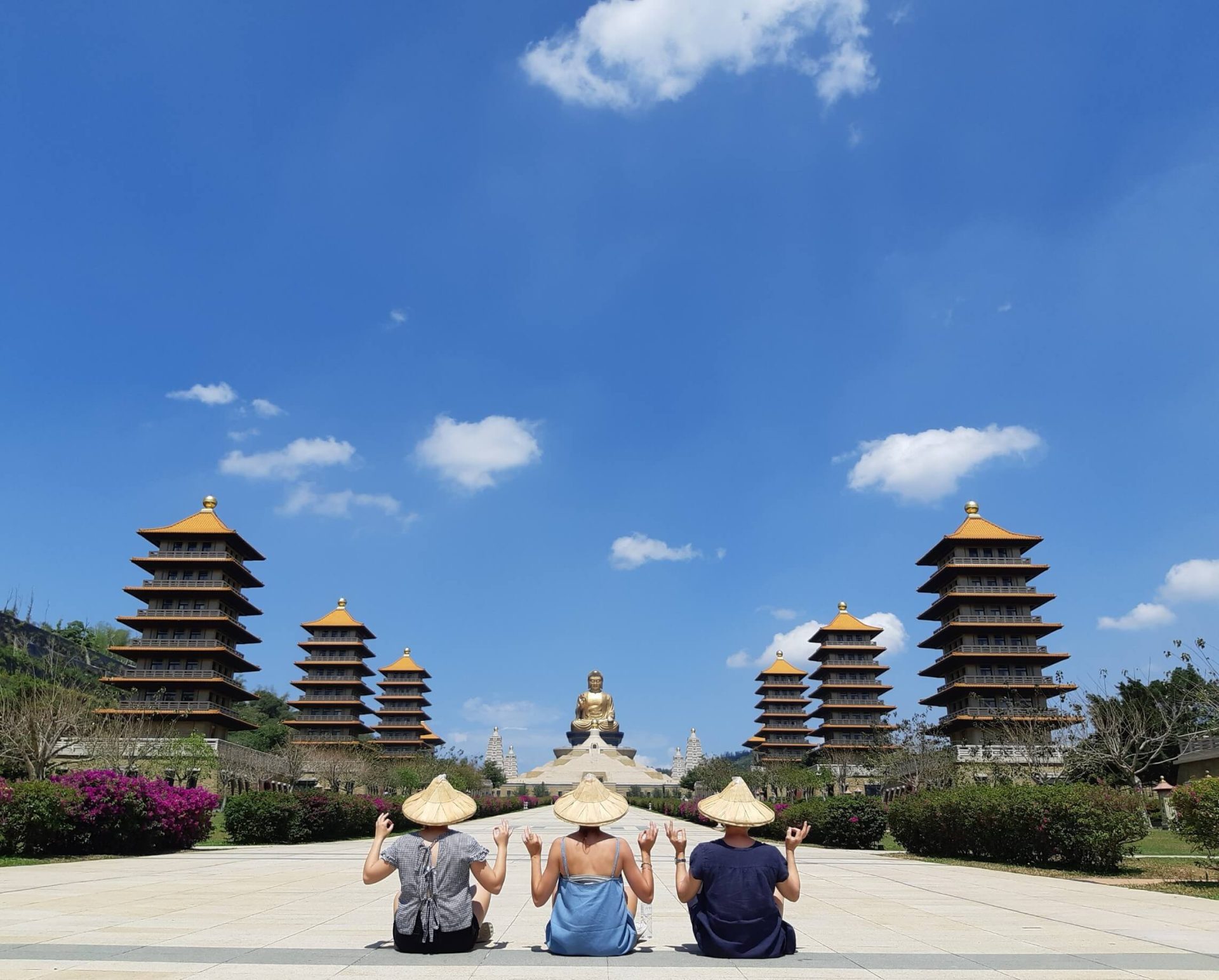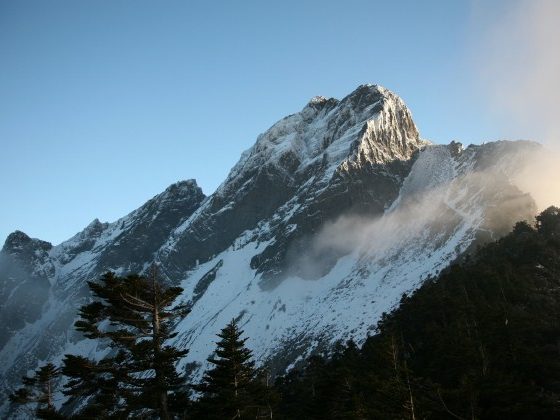It’s been said that Taiwan has two seasons: Wet, hot summers and cool, damp winters. This, of course, is an oversimplification that fails to take into account the difference between northern and southern Taiwan, our fair island’s many micro-climates, a deceptively charming sounding plum rain season, a spot-on sounding typhoon season, global climate change, and other factors beyond the scope of this humble article designed to help you pack for your upcoming Taiwan visit. So let’s keep it simple, starting with a few basic and usually reliable generalities about Taiwan’s climate (Read more: Taiwan Travel Tips:Read Before You Go)
Facts about weather in Taiwan

- The cooler months usually begin around November and last until March.
- The warmer months begin in April and last until around October.
- Peak heat comes in July and August and can get very hot (especially with humidity factored in).
- The further south you go, the more likely it is to be warm even during the cool months.
- The closer to the shore you are, the more cooling breezes you’ll get even in the hottest summer months.
- The higher up you go in altitude, the colder it gets (especially at night).
- The wettest months are August and September (also known as typhoon season), the driest are October to January.
Now let’s factor a few fun weather related facts about Taiwan into the mix:
Winter in Taiwan

Even in the winter, the island’s generally moderate clime makes central heating unnecessary (though it’s usually found in better hotels). Most Taiwanese homes have a space heater or two to cut the winter chill.
- Though it only gets below 50F (10C) a few times a year (outside of the mountains), when it does most city folk act like they’ve suddenly found themselves in Siberia. Boxes of cheaply made puffy winter coats appear in night markets around the island.
Summer in Taiwan

- Summers are simultaneously the hottest and coldest months, as all enclosed public spaces are air-conditioned (sometimes to a downright frosty degree).
- August and September are statistically the wettest months due to the combination of powerful (usually late-afternoon) thunderstorms and the occasional typhoon, both of which dump a lot of rain over a relatively short period. Barring these events, August and September are actually hot and humid – but not rainy. (Things to do in Summer time: River Tracing in Taiwan)
Rainy season in Taiwan

- While the months of December through February fall smack in the middle of the statistically driest months, the northern part of the island can actually feel pretty wet thanks to lengthy periods of light persistent rains. Think springtime in Seattle and you’ve got the idea.
- Umbrellas are cheap and readily available (you’ll sometimes find a box with free umbrellas at the metro station) and every convenience store sells rain ponchos.
Things to do around Taiwan in 4 seasons
So, putting it all together, Taiwan is pretty much a year-round destination, but certain months are better for some activities.

- Summertime is beach time, though people swim in Kenting (Taiwan’s southern tip) year-round.

- Autumn is best for hiking in the mountains, but people hike year-round.

- Autumn and spring are the best seasons for round-the-island bicycle tours, as it’s neither too hot nor too cold. Winter is good as well, and summer…well, depends on your tolerance for heat.

- Summer and autumn are best for visiting the outer islands, but if you’re a fan of high winds Penghu in winter is pretty awe-inspiring.
- October to March is surf season on the east coast, April to September down south.
- Autumn, Winter, and Spring are the best seasons to visit hot springs. (Read also: Hot Springs, Spas and Spa Hotels Around Taiwan)
How to pack for your Taiwan trip
So how you pack depends on when you’re planning to come to Taiwan and what you’re planning on doing while you’re here.

Visiting from November to April
Visiting from November to April? Unless you’re planning on hiking or motorcycling in the mountains, a sweater or two, a pair of tights, a rain jacket/windbreaker and a pair of light gloves should be fine. Zip-off cargo pants over tights are good for motorcycling, without the tights for regular wear, and zipped-off for shorts on warmer days. If you pack jeans, you’ll probably wear them. Bring a swimsuit and swim-cap for hot spring places that don’t allow soaking au natural.
Read more: 10 Ways to Evade and Escape Taiwan’s Summer Heat

Visiting from May to October
Visiting from May to October? Think light and easy to dry. Two pairs of zip-off cargo pants (shorts during the day; pants at night to keep the bugs off at night) should do for any summer journey. You’ll want several t-shirts, and at least a couple of long-sleeved shirts to guard against air conditioning-induced frostbite. If you pack jeans, you probably won’t wear except when motorcycling or clubbing. Two items that are indispensable in the summer are a hat to keep the sun off your head and a light cotton or linen scarf, usable both to cover your arms from the sun, wipe away sweat, and, in a pinch, wrap yourself up in over air-conditioned public areas.
Finally, outside of the smallest mountain towns and remote island outposts, clothing is generally easy to find (for folks of average build, as many a larger-proportioned expat has discovered). If you forget to pack it, you’ll be able to buy it – including perhaps the most important item of clothing: Comfortable footwear.
Other travel tips: Driving in Taiwan: What Every Visitor Needs to Know
Year-round, there’s plenty to experience in Taiwan. Plan on doing lots of walking!













Comments are closed.